Rejuvenated Wolf and Singleton theatres replace Stage and Ricketson spaces
On a cloudy, breezy day in March, I made my first trip to the Denver Center since March 10, 2020 when I saw The Spongebob Squarepants Musical at the Buell. My last visit to the Helen Bonfils Theatre Complex, where the Denver Center Theatre Company performs, was Feb. 23 with the closing day of the 2020 Colorado New Play Summit. (That’s a date burned in my mind since it was also the day my father died.)
It’s been quiet since then, COVID-19 laying waste to the Colorado theatre scene the way it has just about everything else around the world. The once-bustling plaza was empty, save for a security guard testing the doors to the Buell Theatre and Ellie Caulkins Opera House. My mind conjured a few tumbleweeds and perhaps a couple of stray dogs fighting over a chicken bone.
Inside Bonfils, however, was another story. As part of a $36 million makeover that’s seen the complete renovation of the Space Theatre, two other pieces of the puzzle are falling into place. One is the Bonfils’ largest theatre, The Stage — rechristened the Marvin & Judi Wolf Theatre. The other is the Ricketson (aka “the one you have to walk down the stairs to get to”), now known as the William Dean Singleton Theatre, after the Denver Post’s former publisher.
The complex’s theatre-in-the-round Space Theatre was renovated in 2017. It’s now been renamed the Dorota & Kevin Kilstrom Theatre — in recognition of a $300,000 challenge grant. The fourth theatre, the seldom-used Jones, is not currently on the list for a similar renovation.
The grand tour
DCPA Communications Director Suzanne Yoe was kind enough to arrange a tour of the Wolf and Singleton theatres, and we were joined by Jeff Gifford, Director of Production and Construction Projects. Gifford was a wealth of knowledge not only about the current state of things, but some of the historical factoids about the complex, originally built in the early 1970s. With its concrete-centric construction, the complex may never be as visually appealing as, say, the Ellie, but the updates go a long way toward modernizing things.
The first thing those used to the main lobby will notice is that the main stairs up to the Wolf now have a cutout in the middle with another set of stairs running down into a sort of secondary lobby area. And where the Ricketson was once completely separate from the Stage (at least from the front of the house), the two are now joined. The peculiar door around the corner where entrance was gained to the Ricketson is now gone completely, as is the café in the main lobby.
When patrons get back in, they’ll notice apparent upgrades like completely new seats in both theatres. There are also several new elevators, both to make the complex more ADA-compliant but also to enable any actors in wheelchairs to reach the stages of both theatres. There are quite a few upgrades to things like the fire-safety system, overall ADA compliance (with some better, closer seats in the Wolf for those in wheelchairs), better dressing and green rooms backstage, and a great many other small and not-so-small details in the front and back of the house that improve the entire space for both the audience as well as cast and crew.
’70s artifacts are no more
In the old Stage Theatre, many will recall the imposing, fabric-covered walls that one had to get past to access the main hall. Those are now gone, and the entire space is more airy and inviting. The concrete walls in the back are now covered with high-tech acoustic panels. The sound in the hall, Gifford said, is now more “live,” a request from DCTC Artistic Director Chris Coleman.
There’s also much more built-in wiring, meaning the use of extension cords and other temporary solutions are a thing of the past. Gifford said he’s in awe of the production crews who made do over the decades but noted that this and many other such changes will make work easier and safer for them. That includes things like new sets of stairs where once there were ship ladders, a more flexible stage setup and easily configurable seating areas in front and back.
In describing all the work that went into the new theatre, Gifford said one of the biggest projects was underneath the seating area. The space was originally built with the center seating area atop an enormous hydraulic lift, which would presumably allow the audience to be elevated for whatever reason. It was, he said, only used once before being deemed impractical, so crews had to remove all of that infrastructure (along with a 500-gallon hydraulic fluid tank) while also replacing and upgrading all of the support structure from wood to fire-treated steel.
The Wolf has about 100 fewer seats than the Stage, a necessary sacrifice to create greater accessibility. Gifford noted that there are fewer not-so-great seats since the seating doesn’t extend as far around the perimeters.
So, while the rejuvenated Wolf theatre is still mostly similar in configuration, its flexibility and vastly improved tech — including enhanced traps and lifts to propel actors or set pieces up from below — opens up a new set of possibilities.
“It really unlocks the creative potential for the theatre by just really unleashing production values,” Yoe said.
The rickety Ricketson
Perhaps more than any of the other theatres in the DCPA complex, the Ricketson showed its age by virtue of its red-velvet lined walls and matching chairs. Those are now gone, as are the original stairs down to the venue. The cramped lobby space has been greatly improved, with new, relocated restrooms and the bar tucked into one corner to improve traffic flow. “Club Denver” (a sorta random seating area that often had historical or background information hanging on the walls) is also gone — a necessary deletion to accommodate the expanded lobby area.
Gifford told me this space was originally an art-house cinema, which explained some things like why there was no stage left access. That’s been corrected now, and similar improvements to the Wolf are also in place such as acoustic paneling, greater ADA seating and access, a completely re-done stage and a new elevator to enable actors in wheelchairs access. The backstage has also been expanded with new dressing rooms and other upgrades.
“It’s really a whole new canvas for our artists to work from,” Yoe said.
Almost ready
Gifford said the construction should be completed as early as this month. After that, it’s still up in the air as to when curtains go up and with what productions. Yoe said they hope to have an announcement before long, but that a lot depends on the state of the pandemic and a whole host of other factors. As the largest theatre organization in Colorado with the added complexity of being tied to Broadway through the Denver Center Attractions program, reopening isn’t yet tied to a specific date.
Janice Sinden, DCPA president and CEO, told The Denver Post that a production of My Fair Lady could be ready as soon as August, but that was by no means certain.
For now, the sleeping giant of Colorado theatre is poised and ready to bring back furloughed employees, cast and rehearse shows and throw open the doors to its beautifully renovated theatres. We’ll post whatever we know as soon as we know it; you can also check the DCPA’s COVID response page for updates.
Note: I wasn’t able to take many photos during the tour as I juggled a notepad, mask, hardhat, etc., but I’ll post photos of the new spaces as soon as they’re available from DCTC. You can see some more in-progress photos from the Post story here. In the meantime, the gallery below includes before and during construction photos provided by DCTC. (Click to enlarge.)
Alex Miller is editor and publisher of OnStage Colorado. He has a long background in journalism, including stints as the top editor at the Vail Daily, Summit Daily News, Summit County Journal, Vail Trail and others. He’s also been an actor, director, playwright, artistic director and theatre board member and has been covering theatre in Colorado since 1995.

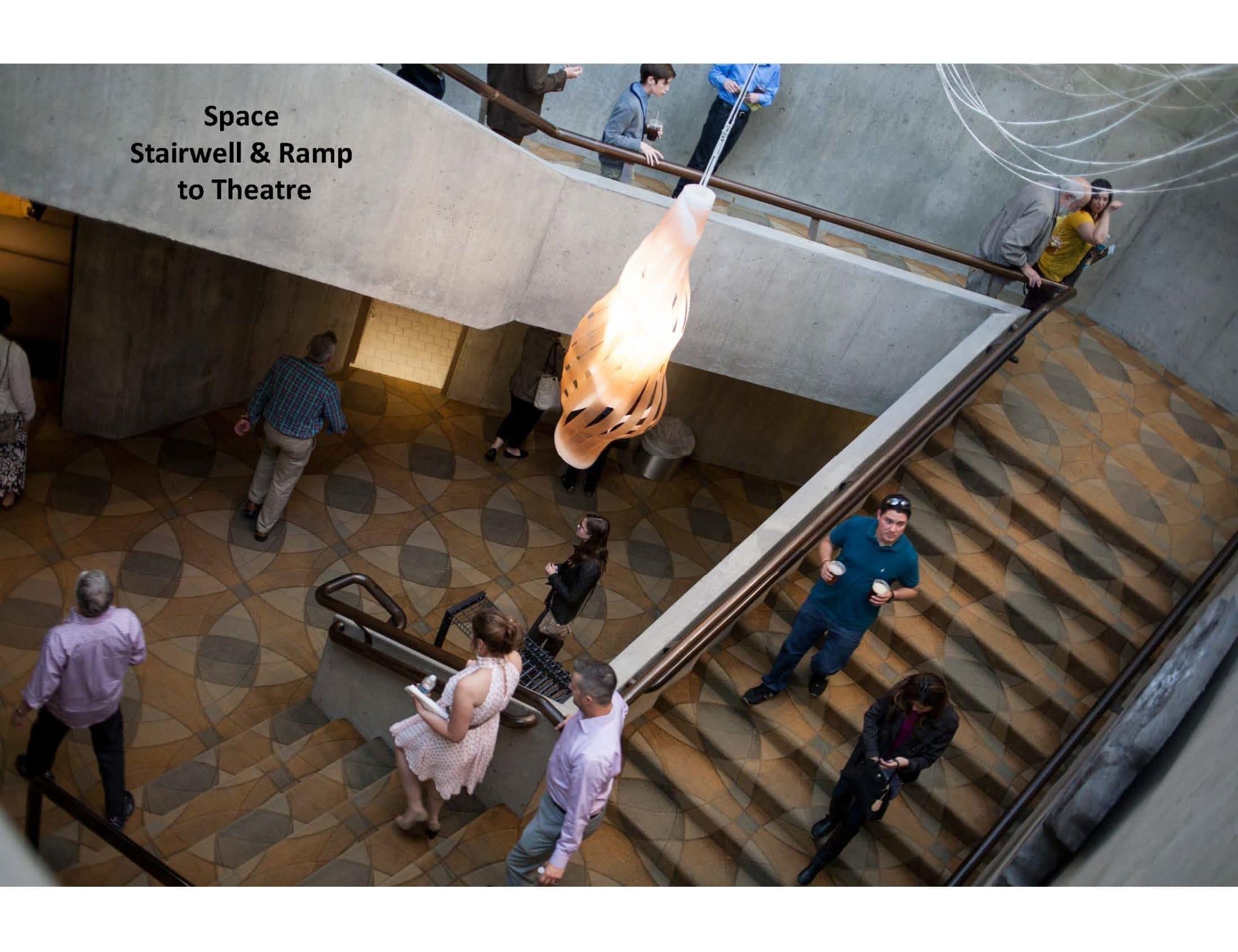
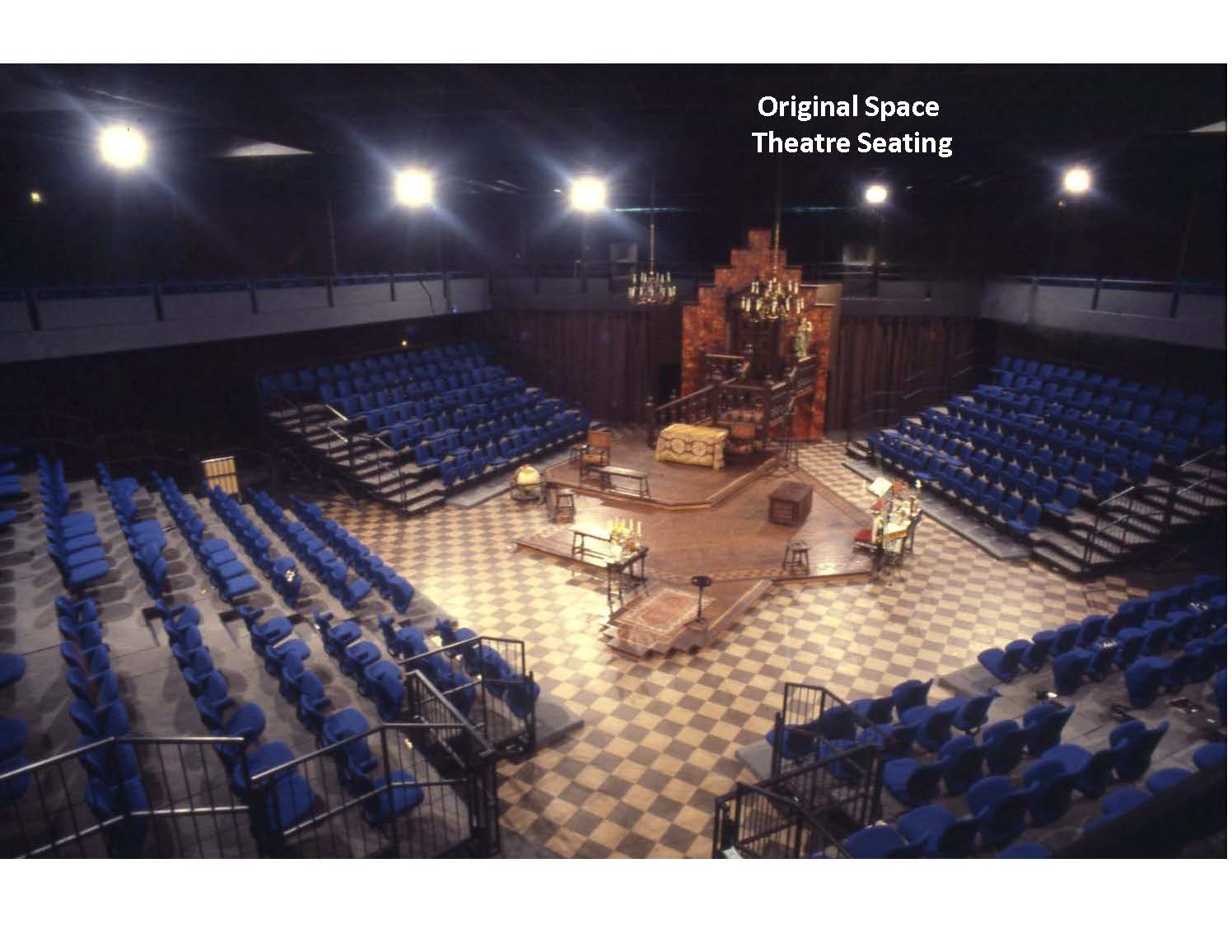





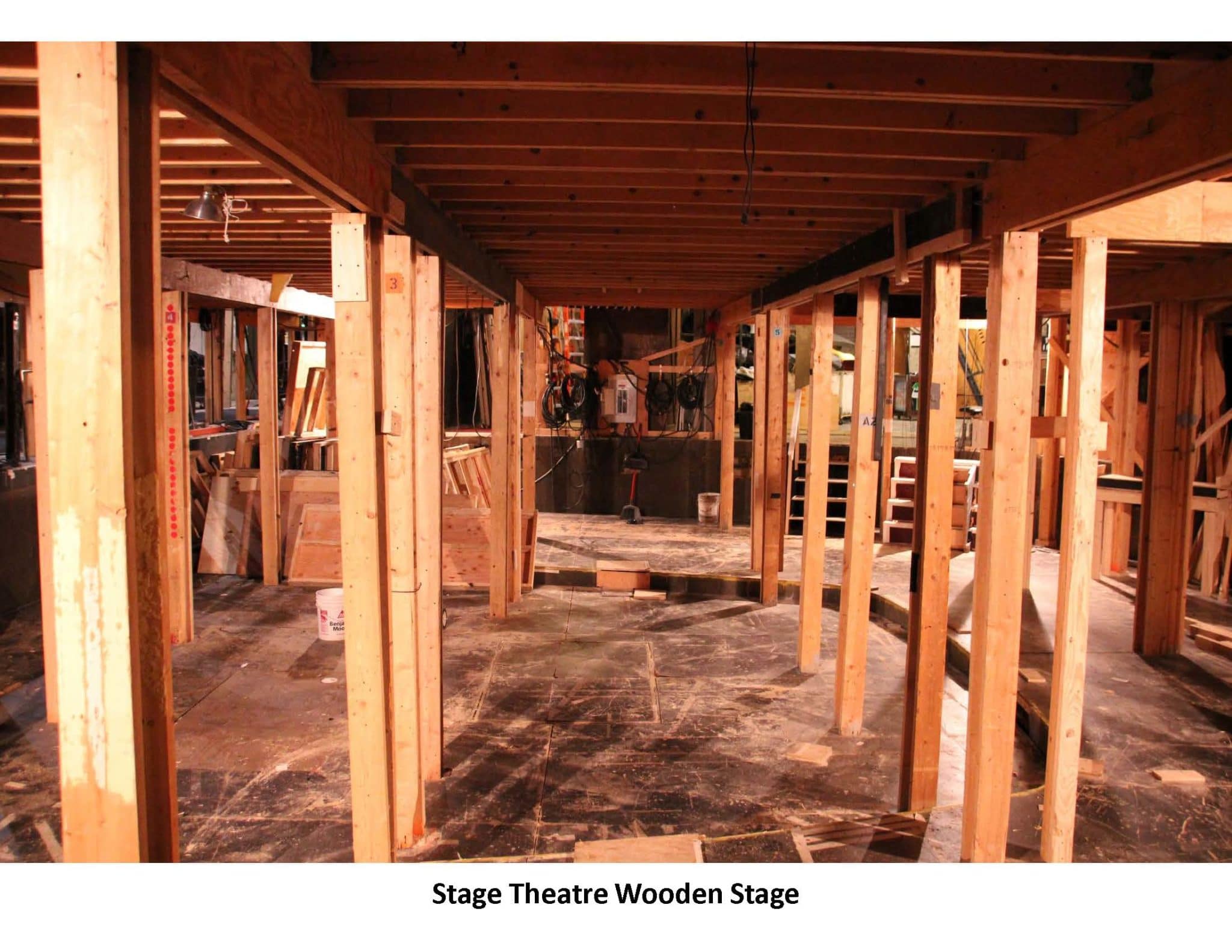

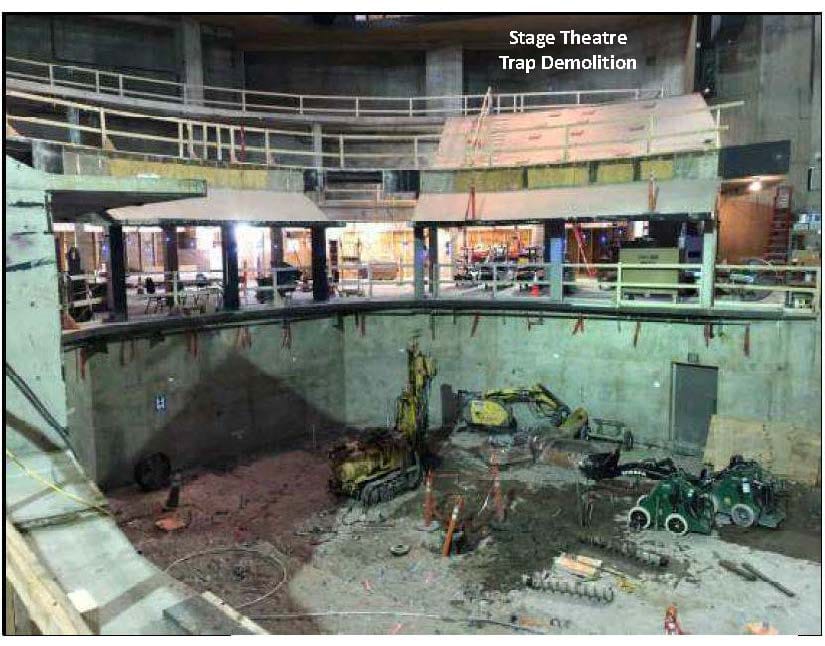


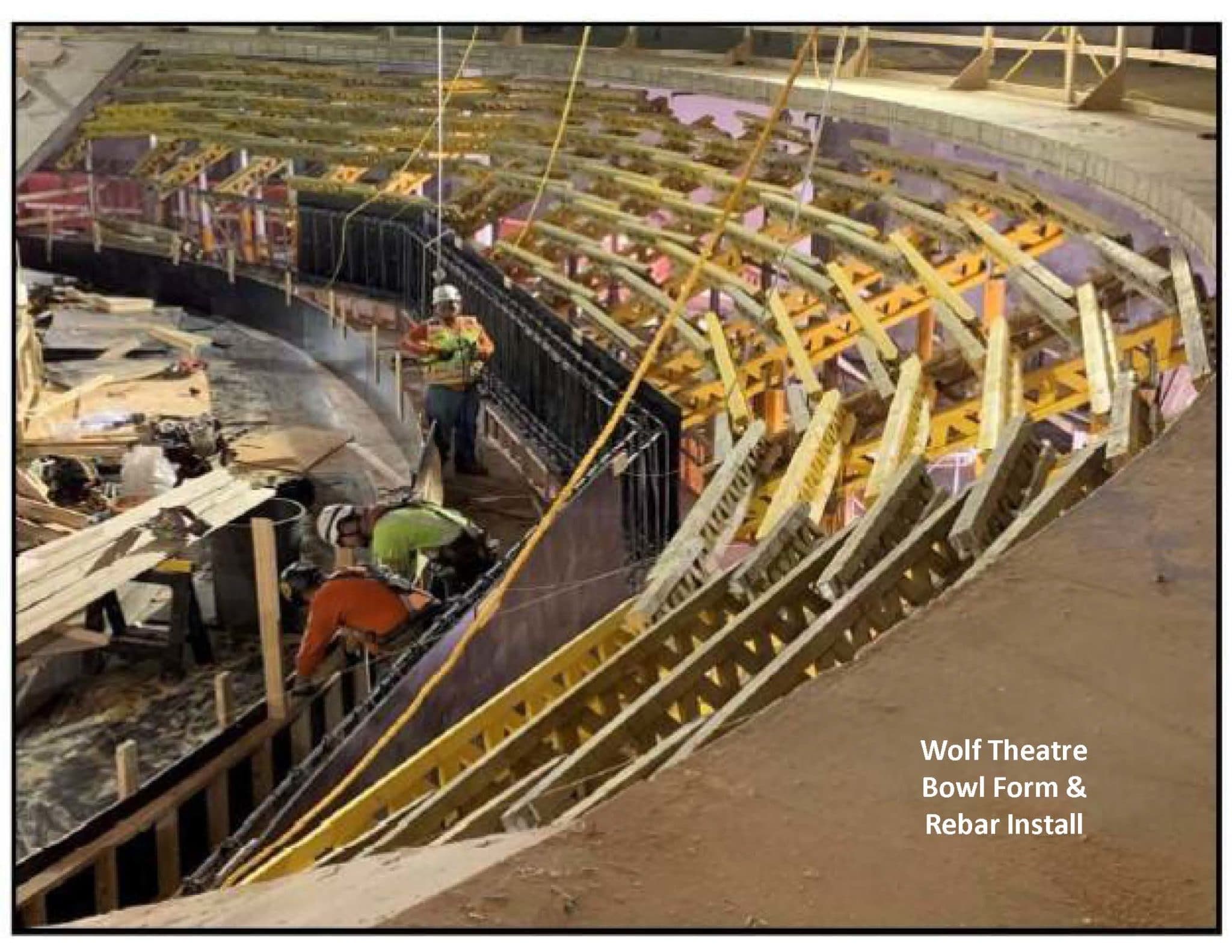

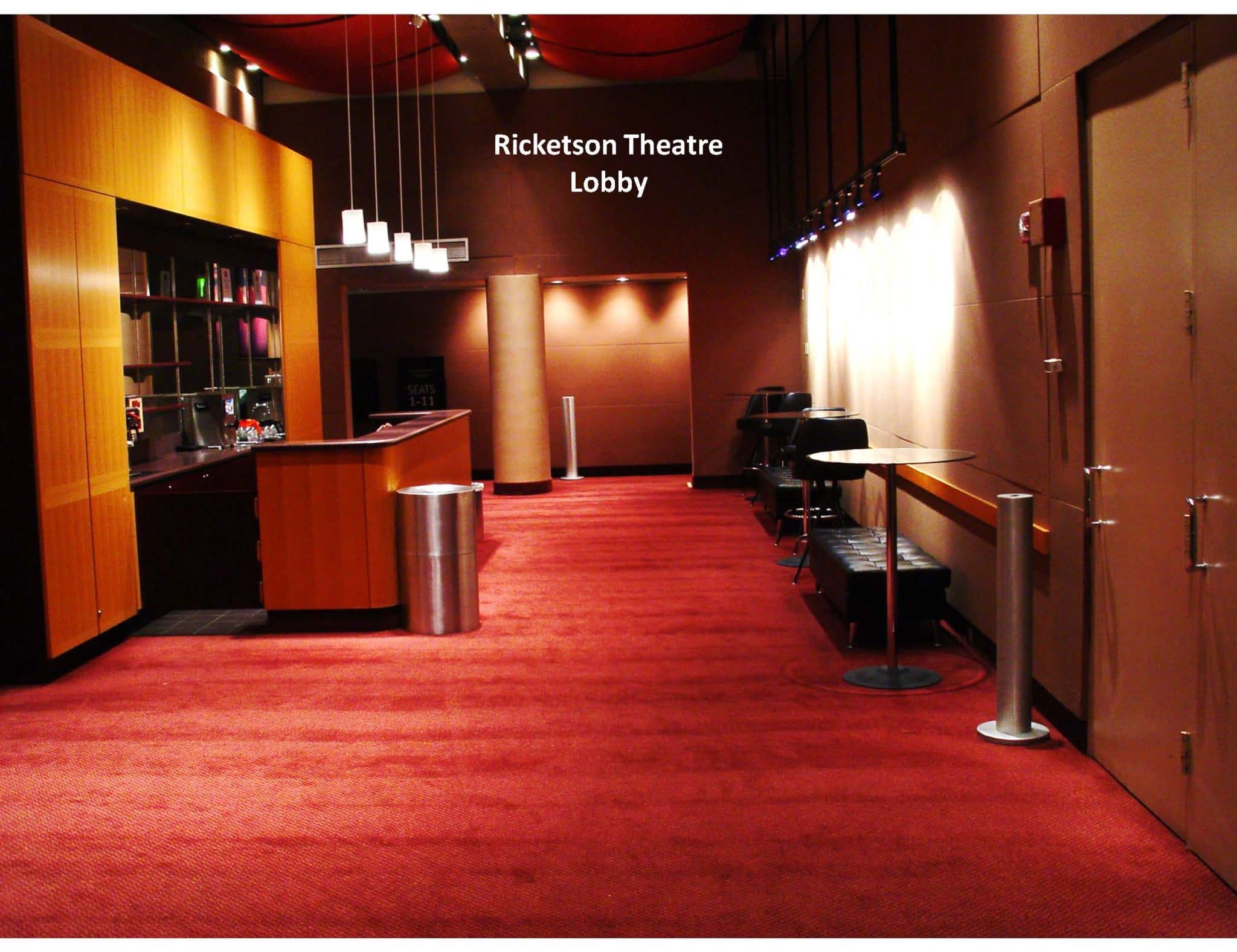

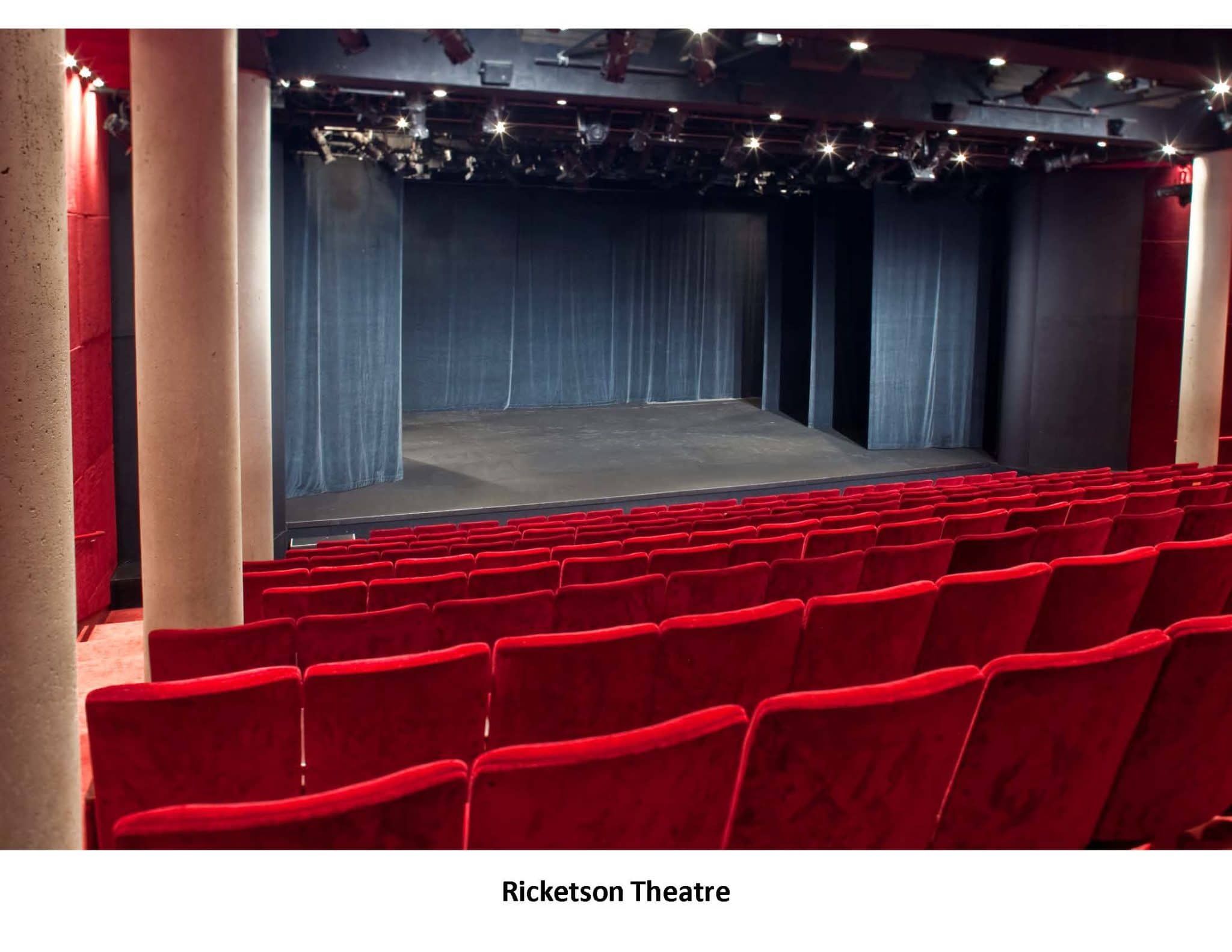
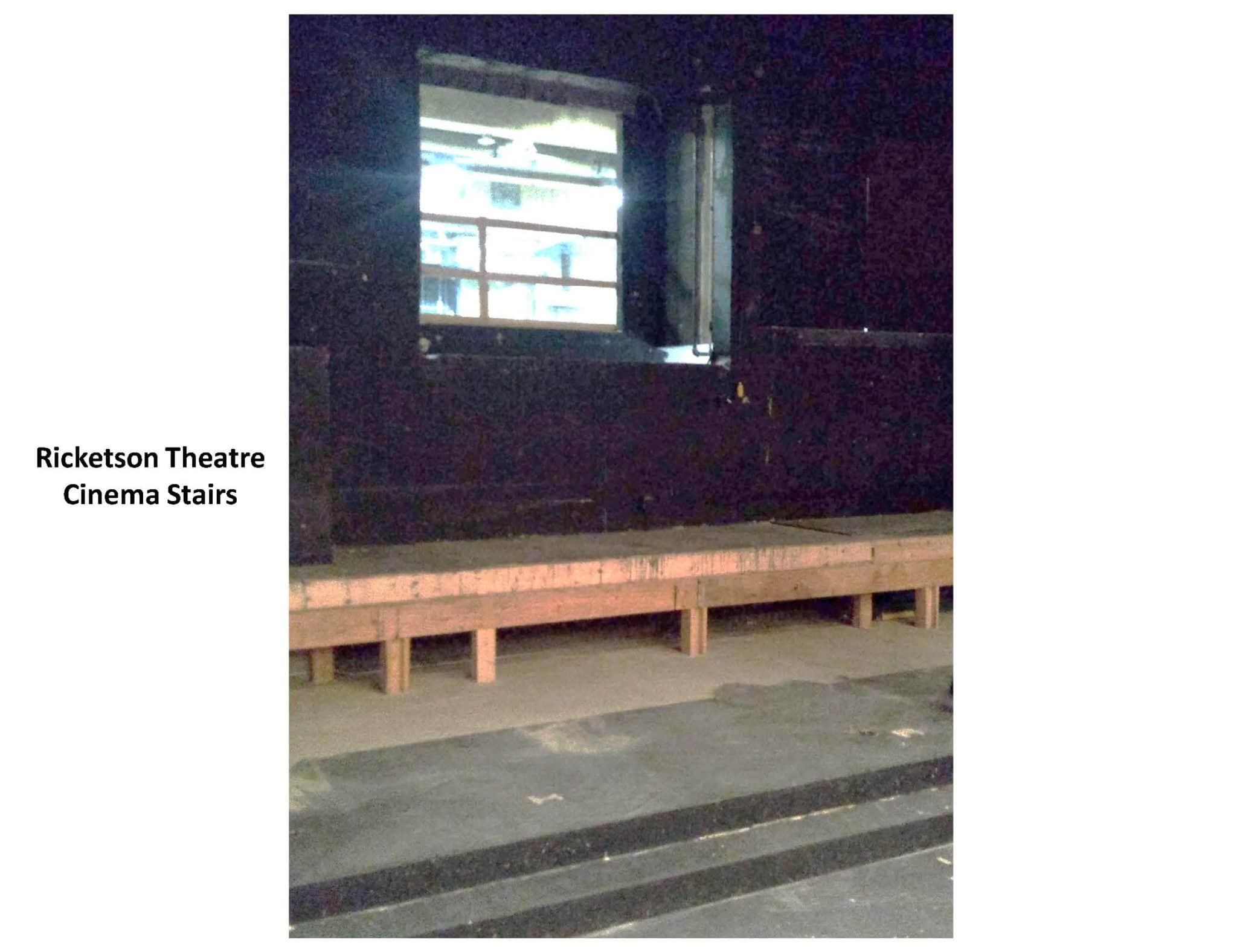



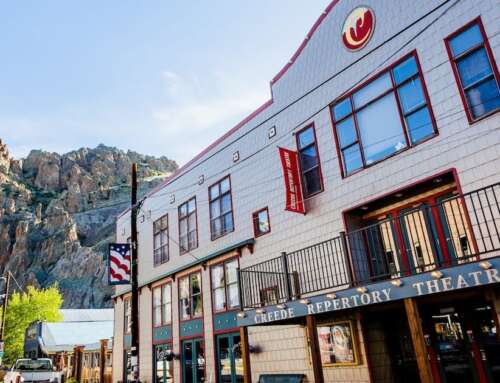



Leave A Comment